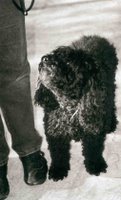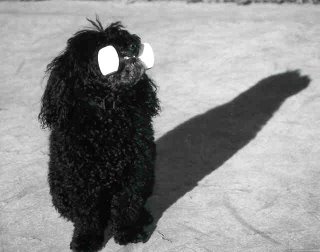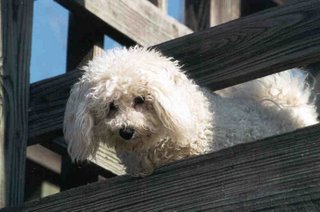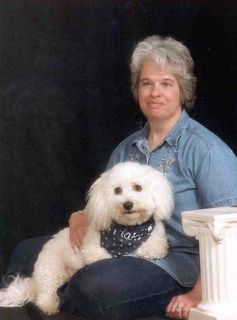 Pay attention to your dog when you're training him. If you want his attention, give him yours.
Pay attention to your dog when you're training him. If you want his attention, give him yours.
Be generous rewarding behavior you want.
Be quiet and don't react to behavior you don't want. Turn away or stand perfectly still.
When your dog offers something you want instead, reward it immediately.
At the second the behavior you want happens, mark it with a click and follow with the treat. Wait to reach for the treat until after you mark it.
Behavior that is reinforced will repeat. Behavior that is ignored will decrease and eventually stop.
Train in a quiet, boring place where you are the most interesting thing going.
Have fun training. Make it the high point of both of your days!
The Perfect Training Session is:
- Short. 5-10 minutes is enough. You can do 2-3 sessions per day at different times.
- Devoted to one exercise at a time. You can do more than one exercise in one session, but make a clear break between them.
- Active. Keep your dog concentrating on you and the exercise you're doing.
- Highly reinforcing. Lots of repetitions and lots of treats.
- FUN!
And most of all remember: Pay Per Click!




